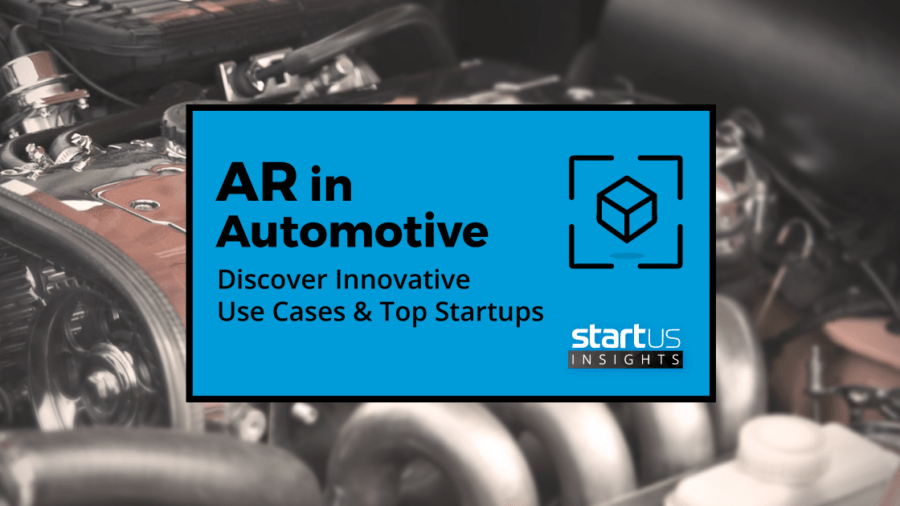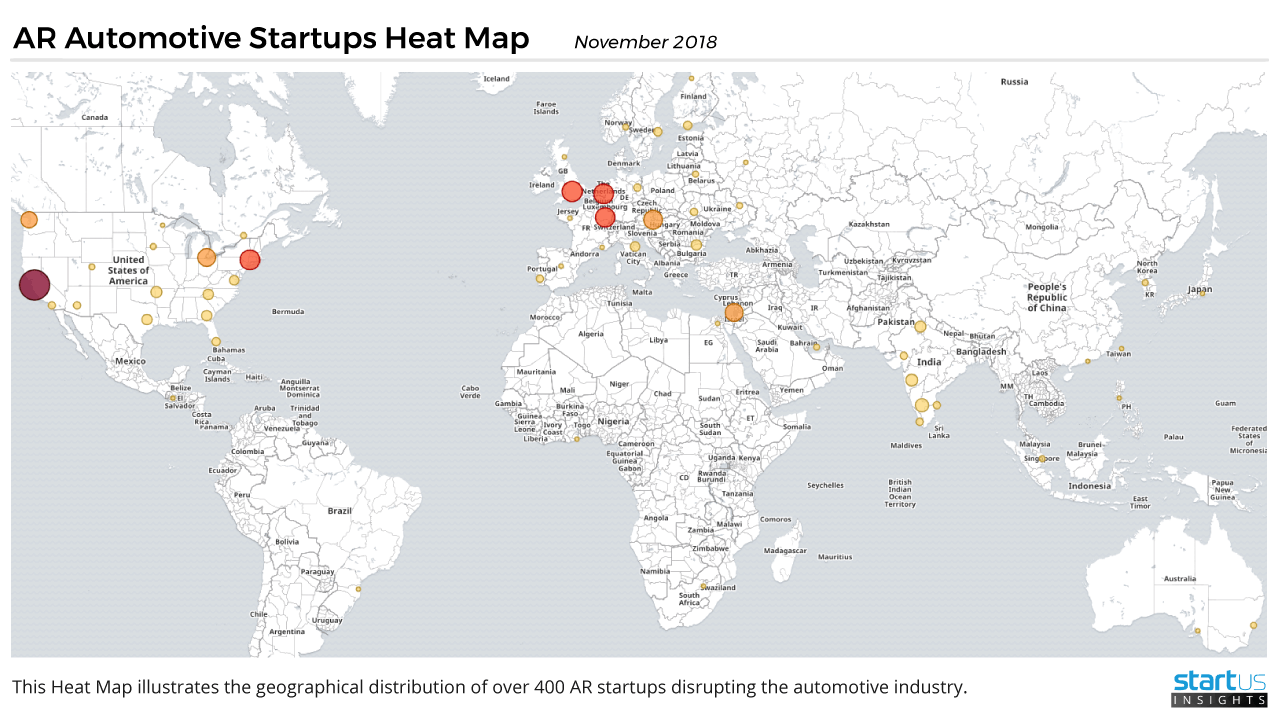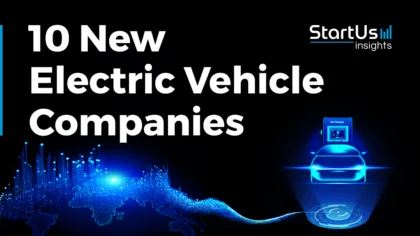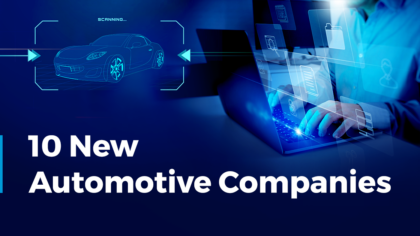Key Takeaways
Major car companies are quickly adopting Augmented Reality applications in their search for another competitive edge. Here’s a breakdown of the most innovative use cases AR offers in automotive:
- AR services for driver experience enhancement provide the driver with information about the surrounding environment, conditions and in-windshield navigation
- AR instructions and guides replace long and complex manuals
- AR headsets automate the training process in manufacturing or maintenance of automobiles
- AR guided picking helps warehouse employees become more efficient
The automotive industry has been a driver of human progress, with intense rivalry and a host of new safety and innovation features presented with every new car. This constant striving for innovations is also reflected today, with the industry warmly embracing augmented reality technologies in the context of developing new vehicles.
The total augmented reality automotive market will grow at an annual rate of 177% for the next 4 years, reaching $5.5 billion by 2022. To showcase the most innovative use cases and disruptive startups, we carried out an extensive research. Let’s take a look at the results:
Augmented Reality In Automotive – The Innovation Map
The Innovation Map below highlights some of the most promising application areas and use cases of augmented reality in the automotive sector:
Experience Enhancement & Location-Based Services
Augmented reality services for driver experience enhancement come in the form of see-through displays, windshield projectors or various wearables to give the driver more information about their surrounding environment, conditions, and providing immediate information on any important events, without distracting that person from driving.
The provided content may include necessary trip information, the state of a vehicle’s critical systems, turn-by-turn navigation, maps, smartphone alerts and more.
As AR technology usage for driver experience enhancement continues, it steadily converges with the development of autonomous cars to realize a truly driverless experience.
Instructions
Adaptable and interactive up-to-date AR instructions and guides are replacing long and complex manuals. Vehicle manufacturing employees receive step-by-step manuals and interactive guidelines superimposed onto the assembly line. The worker’s AR headset contributes to a steeper learning curve and an easier hands-free assembling process of heavy machinery, engines, cars, turbines and more.
One well-known example is Hyundai’s Virtual Guide App, which allows for easier exploration of vehicles’ features, identification of various engine and interior/exterior parts, short how-to guides and even gives the ability to determine a car part that is not functioning properly.
Training & Learning Content
When it comes to the manufacturing or maintenance of vehicles, augmented reality also comes in handy to make the training process more efficient, faster, and automated. Using an AR headset, trainees can see the internal components of machines or vehicles and their parts just by looking at them.
Jaguar Land Rover, for instance, partnered with Bosch and RE’FLECT to develop an AR integrated training app for its employees allowing them to study a car’s components by just pointing an iPad at the central console of the car.
Real-Time Analysis & Display Of Results
Manufacturing businesses provide a meaningful and unique augmentation of their operations by combining AR devices with advanced image recognition technologies, computing power, Internet of Things (IoT) devices, internal databases, and Artificial Intelligence (AI) to create truly powerful analyzing machines.
While bearing resemblance to regular knowledge supplementation AR instruments, such systems are much more sophisticated from a technological point of view. As an example, they are used to constantly monitor and overlay the real-time temperature of various machines during the maintenance process, collect and analyze vibration data, detect and identify problems with a machine’s operation based on its appearance, operational sound or other aspects.
AR, in terms of this application, represents a powerful blend of quick in-house processing power with the mobility and practicality of a mobile device or an AR headset.
Heat Map: Augmented Reality Startups Disrupting Automotive
Our Heat Map below illustrates the global distribution of startups developing augmented reality solutions for the automotive industry. The United States are taking the lead, with the United Kingdom, Central Europe, and India not far behind.
Startups Disrupting The Automotive Industry Include:
- RE’FLEKT – A Munich-based startup designing in-house custom augmented reality and mixed reality (MR) applications. Reflekt Remote, one of their products, enables easier and more efficient remote customer support through the use of AR. Notably, the company also develops Augmented Windows in partnership with Hyperloop to resolve the problem not having any view outside for passengers of the underground capsule.
- WayRay – A Swiss AR startup developing a dashboard-mounted device that displays augmented reality turn-by-turn navigation instructions, which allows the driver not to leave their eyes on the road.
- Envisics – A DAQRI spin-off using software-defined light technology to generate AR imagery on the car’s windshield.
Augmented reality is gaining traction very swiftly in the automotive sector with manufacturers such as Mitsubishi, Hyundai, Chrysler, Porsche and others already testing and introducing concepts of AR applications, devices and inventions.
As more and more major industry players are turning to augmented reality in their search for another competitive edge, it is important to understand the scope and depth of AR’s potential in the automotive industry to stay ahead of the competition.








